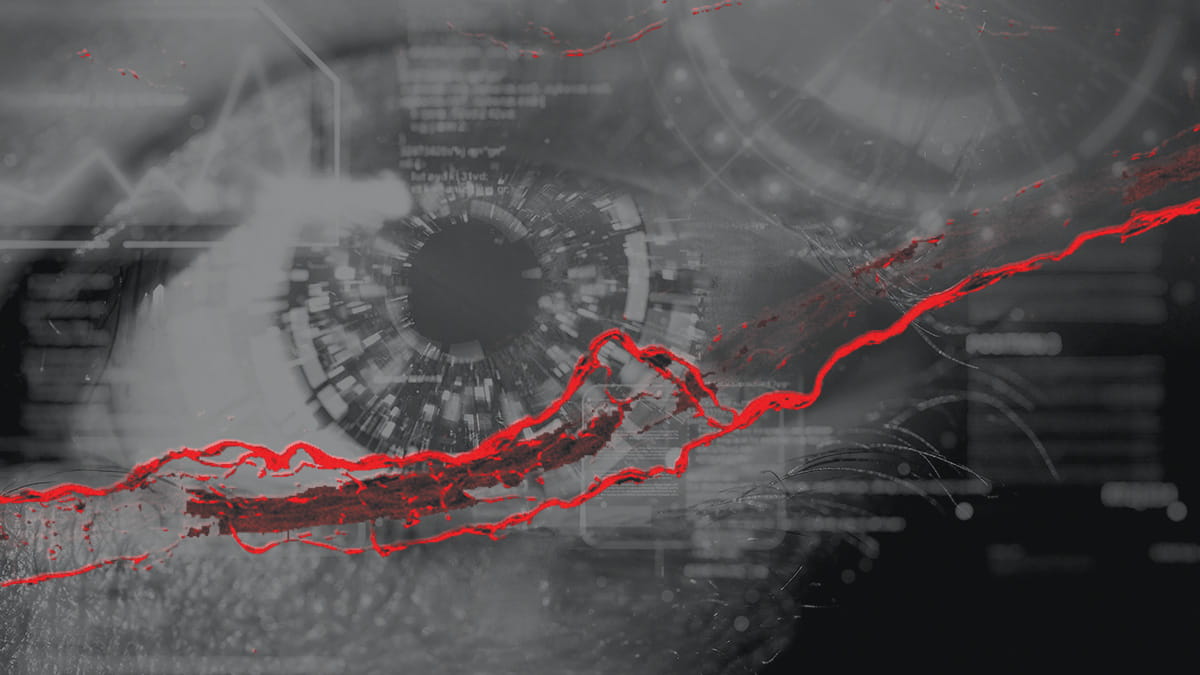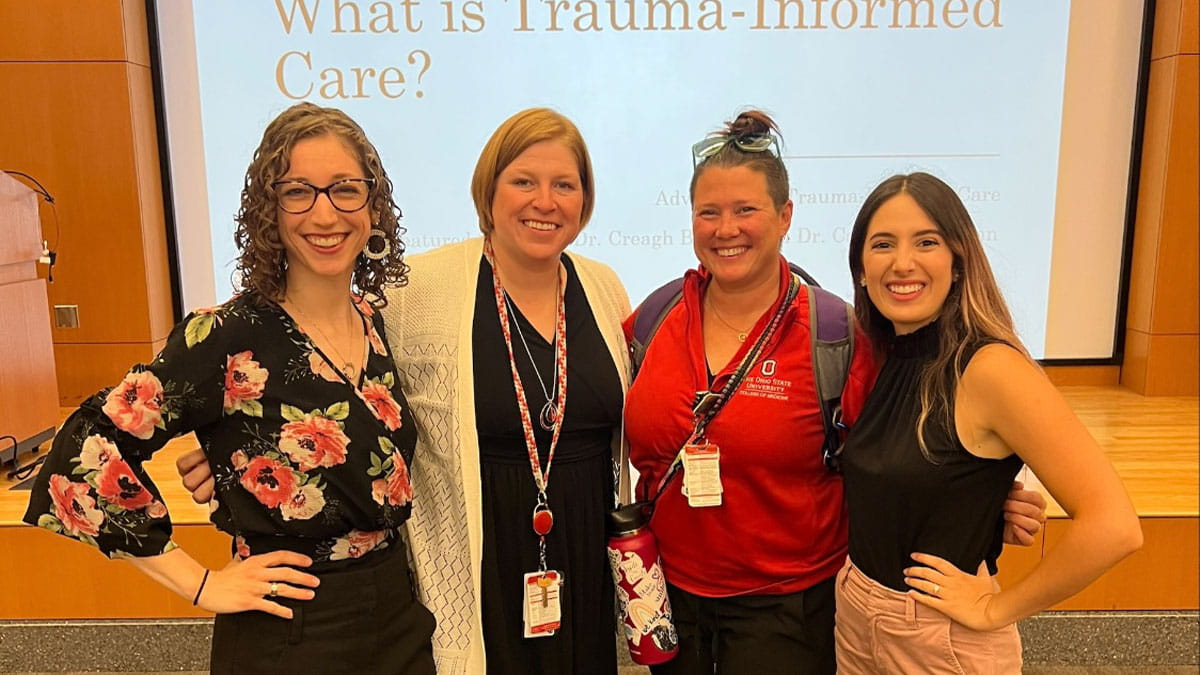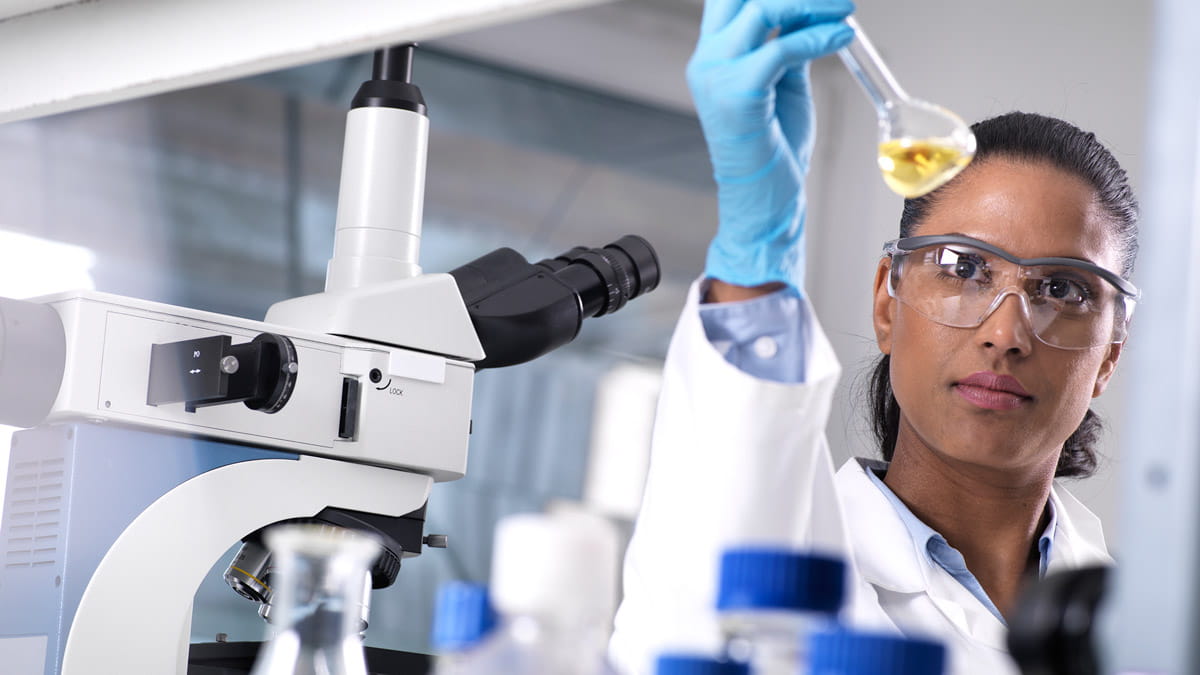Researchers identify how microglia promote spinal cord repair in mice
 A first of its kind study, led by researchers at The Ohio State University College of Medicine and the Ohio State University Wexner Medical Center, identifies how microglia, a type of cell found in the brain and spinal cord, promotes repair after spinal cord injury in mice. Microglia express immune factors and become activated in response to neural injury or disease and this study shows it facilitates repair via specific genes, pathways and cellular interactions.
A first of its kind study, led by researchers at The Ohio State University College of Medicine and the Ohio State University Wexner Medical Center, identifies how microglia, a type of cell found in the brain and spinal cord, promotes repair after spinal cord injury in mice. Microglia express immune factors and become activated in response to neural injury or disease and this study shows it facilitates repair via specific genes, pathways and cellular interactions.
Lead author, Phillip Popovich, PhD, professor and chair of the Department of Neuroscience at the Ohio State College of Medicine and director of Ohio State’s Center for Brain and Spinal Cord Repair, and his interdisciplinary research team study the complexities of central nervous system injury, inflammation and tissue repair.
“We found that microglia promote endogenous repair processes that are essential for spontaneous recovery from experimental spinal cord injury,” Dr. Popovich says. “By sequencing the RNA of whole spinal tissue and individual cells in the spinal cord, we discovered novel genes and pathways that are controlled by microglia that help promote recovery.”
Study first author Faith Brennan, PhD, postdoctoral fellow in the Department of Neuroscience at the Ohio State College of Medicine, says the findings are important because they identify specific microglia-dependent repair processes that could be co-opted to repair the injured or diseased central nervous system.
“This research indicates that microglia-dependent repair processes could be a new therapeutic target for spinal cord injury,” Dr. Brennan says.
Further, the current discovery could serve to improve research and promote drug discovery for multiple sclerosis, amyotrophic lateral sclerosis (ALS), Alzheimer’s disease, traumatic brain injury and other devastating neurological diseases.
Read the full study findings in the journal Nature Communications (external link).
Collaborators for this study include Qin Ma, PhD, associate professor in the Department of Biomedical Informatics at the Ohio State College of Medicine, Zhigang He, PhD, Harvard Medical School, Dana McTigue, PhD, professor of Neuroscience, Andrew Fischer, PhD, professor of Neuroscience and Jonathan Godbout, PhD, professor of Neuroscience, at the Ohio State College of Medicine.
The study was supported by the National Institutes of Health, the Ray W. Poppleton Endowment, the Craig H. Neilsen Foundation and the Wings for Life Spinal Research Foundation.



